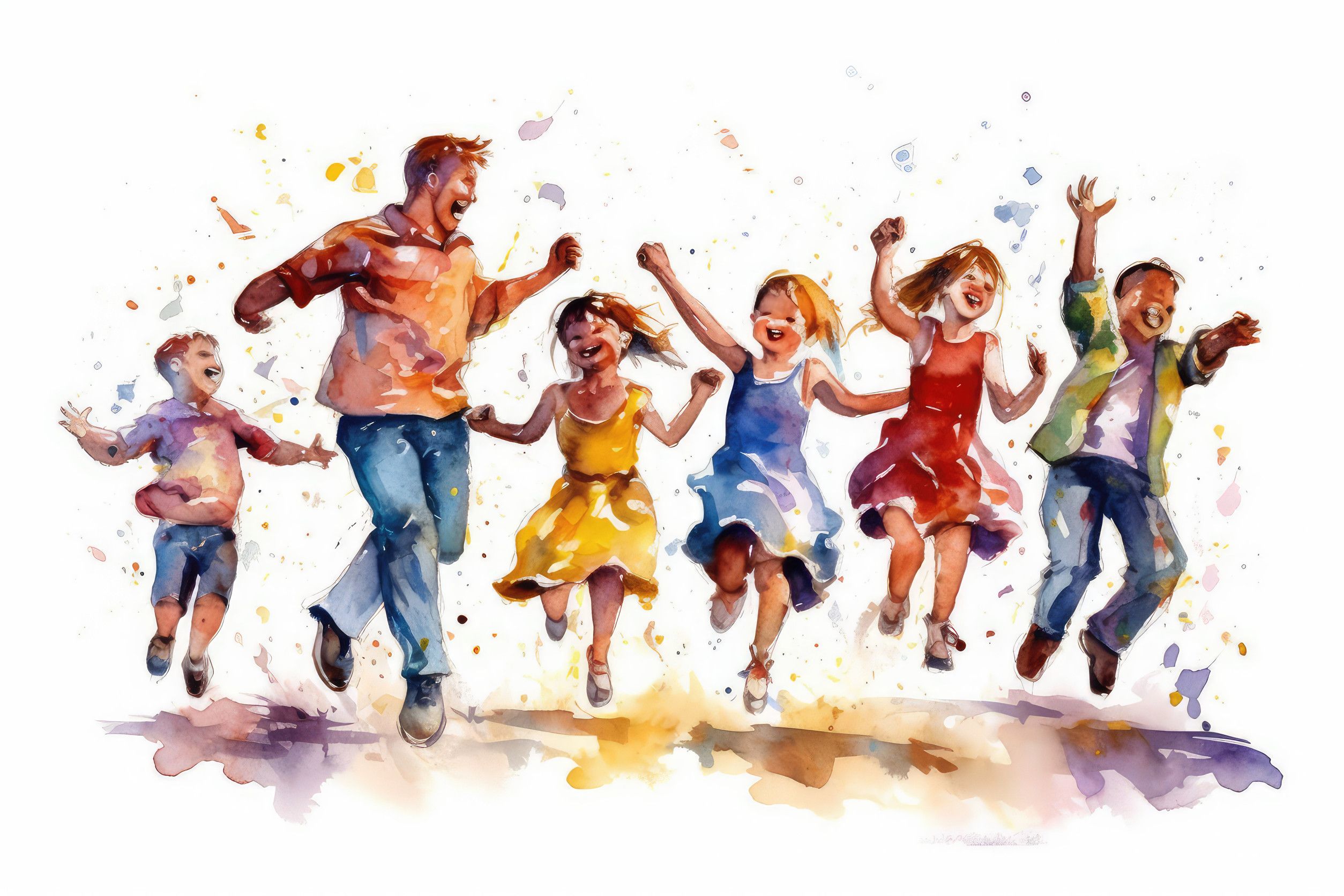
How to Teach Siblings to Truly Repair After Conflict
Why “Say You’re Sorry” Falls Short
They fought again.
Maybe it was over a toy, a teasing comment, or a full-blown meltdown.
And now you’re stuck playing referee, again.
You tell them: “Say you’re sorry.”
They mumble it. One of them shrugs. The other glares.
And you know deep down… nothing’s really been fixed.
That’s because a forced apology doesn’t build understanding, trust, or emotional growth. True conflict resolution between siblings requires more than going through the motions. It requires repair.
Let’s walk through how to guide your children in making meaningful amends after sibling conflict. Grounded in developmental psychology and emotional intelligence, this approach helps kids build real-life skills in communication, accountability, and reconnection, skills they’ll carry with them long after childhood.
Understand What Repair Really Means
Repair is more than saying the right words. It’s about:
- Recognizing the impact of your actions
- Expressing your feelings honestly
- Taking responsibility
- Making amends in a way that rebuilds connection
These steps don’t happen instantly, and that’s okay. Repair is a process. And every sibling conflict offers a chance to practice it.
Why Forced Apologies Don’t Work
When we rush kids into saying “sorry”:
- They often don’t mean it
- They may feel confused, resentful, or defensive
- The underlying issue remains unresolved
Worse, they may learn that conflict resolution is about performance, not reflection.
Instead of asking for a quick apology, create space for awareness and empathy to grow.
Step One: Pause and Regulate
Before any meaningful repair can happen, both kids need to calm their nervous systems. A child in “fight or flight” mode isn’t ready to listen or reflect.
What to Do:
- Separate siblings briefly, not as punishment, but for emotional space
- Offer comfort or quiet time until both children are regulated
- Model calm breathing or body resets if needed
What to Say:
- “We’re going to take a short break so everyone can calm down before we talk. ”
- “Your feelings matter, and we’ll work this out, but not while we’re yelling. ”
Step Two: Reflect on What Happened
Once emotions have settled, help each child tell their side of the story, not to assign blame, but to build understanding.
Questions to Ask:
- “What happened from your point of view? ”
- “How were you feeling when that happened? ”
- “What were you needing or hoping for? ”
This helps children learn to name emotions, express needs, and recognize what drives their behavior, all essential parts of conflict resolution.
Step Three: Build Empathy and Accountability
Next, help your child consider how their actions affected their sibling.
Try This:
- “How do you think your brother felt when that happened? ”
- “What do you think your sister needed in that moment? ”
- “Can you think of a way to help them feel better or fix what happened? ”
This isn’t about guilt, it’s about developing empathy and taking meaningful responsibility.
Step Four: Guide Genuine Repair (Not Just “I’m Sorry”)
Now comes the heart of the process: repair that restores connection.
Examples of Meaningful Repair:
- A heartfelt “I’m sorry for…” with specific reflection
- A drawing, note, or gesture of kindness
- Offering to rebuild a broken tower or share a favorite toy
- A hug (if both are willing) or playing together again
Let the child choose how to repair. This builds autonomy and makes the act more authentic.
Step Five: Celebrate Reconnection, Not Perfection
After conflict, highlight the fact that they came back together. This reinforces the idea that relationships can survive hard moments, and that closeness can be rebuilt.
Try Saying:
- “I’m proud of how you worked through that together. ”
- “That was a hard moment, and you both showed courage by making it right. ”
- “All siblings fight, but learning to repair makes your relationship stronger. ”
Practice Makes Progress (Not Perfection)
Don’t expect a perfect repair every time. These skills take years to develop, and every conflict is another chance to practice.
What matters most is:
- That they feel safe expressing emotions
- That they learn to reflect instead of react
- That they see relationships as resilient, not fragile
Raising Siblings Who Know How to Reconnect
Sibling fights are not failures. They’re opportunities. Opportunities to teach:
- Empathy
- Accountability
- Forgiveness
- Communication
- Resilience
When you shift from “Just say you’re sorry” to “Let’s make this right”, you’re raising kids who won’t just avoid conflict, they’ll know how to heal from it.
And that’s a skill worth practicing, again and again.
Let us know your thoughts in the comments!
Love, joy, and respect to you, always!




